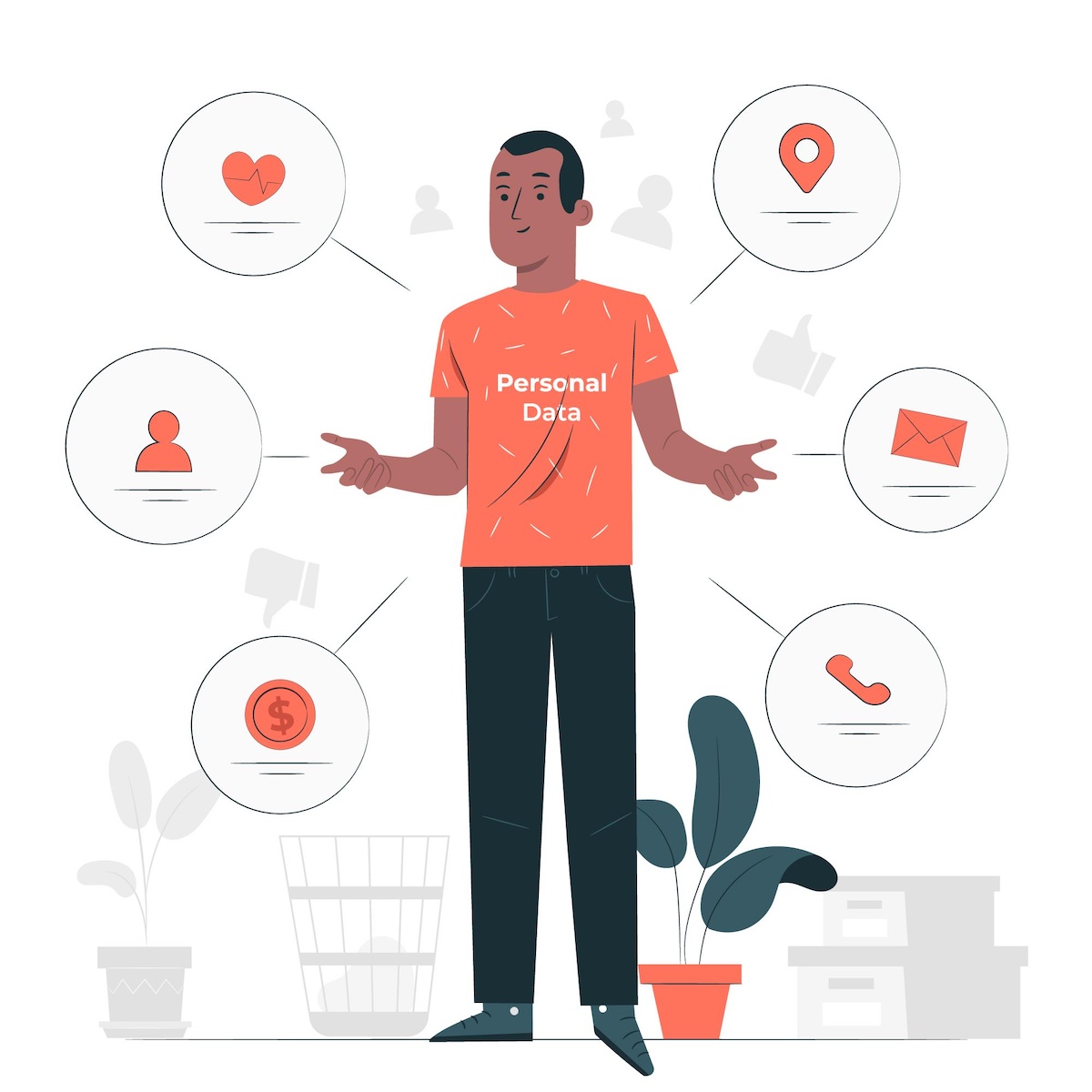Imagine you’re one of millions on a company’s list, getting generic emails that feel like they were meant for someone else. Frustrating, right? That’s exactly the challenge with personalised customer interactions — how do you make every customer feel special when you’re dealing with thousands or even millions?
In this article, we’ll show you how data can help you change that. We’ll explore why customer personalisation matters more than ever, what kinds of data you can use, where to tailor your messages and simple ways to put it all into practice—without getting overwhelmed or losing the human touch.
Why Personalisation Matters More Than Ever
Customers today expect brands to really “get” them – not just using their name, but knowing what they like, need and want next. It’s like having a conversation with a friend who remembers your favourite coffee or the last movie you watched.
Here’s a quick story: A friend once told me how a streaming service recommended a movie she ended up loving. It wasn’t random; it felt like the service actually understood her taste. That little moment made her feel valued and kept her coming back.
That’s the power of customer personalisation. When you get it right, your customers don’t just see your brand as a faceless company – they see a partner who cares. And that builds trust, keeps people coming back and makes your business stand out in a crowded world.
What Data Can You Use to Personalise Interactions?
You might be wondering. “Okay, but what kind of data do I actually need?” The good news is, there’s a lot more to work with than you might think.
Think of data as the clues your customers leave behind during every interaction with your business. Some clues are straightforward, like their age or location (demographic data). Others are hidden in how they behave – what pages they visit, what products they browse or buy (behavioural and transactional data). Then there’s the history of how they’ve interacted with you before – emails opened, calls made or chats started.
All of this data lives in different places – your customer communication management platform, your website, emails and call centres. When you bring these pieces together, you get a fuller picture of who your customers really are and what they want.
Where Should Personalisation Happen?
Personalised customer interactions aren’t just about sending a tailored email. They need to happen wherever your customer connects with you.
Whether it’s on your website, through mobile apps, printed mail or even a phone call, every touchpoint matters. The key is making sure your message feels consistent and relevant no matter the channel.
Imagine you’ve just gotten a special offer by email but when you call customer support, they don’t know about it. That disconnect feels frustrating and impersonal.
That’s why businesses need to think omnichannel – making sure your customers get seamless, personalised customer interactions wherever they reach out.
Plus, it’s important to make your content look good and work well on every device – from phones and tablets to desktops and printed materials. Responsive design isn’t just a tech buzzword – it’s how you make sure your message really lands, no matter how or where your customers read it.
How to Use Data Effectively
So now you’ve got the data and you know where to use it. But how do you actually put it all to work without feeling overwhelmed?
Here are some simple best practices that can make a big difference:
- Keep all your communication assets – logos, images, text blocks – in one central spot. This way, you don’t waste time recreating content over and over.
- Reuse dynamic content across channels. For example, a personalised greeting in an email can also appear on your website or printed letters.
- Automate your workflows with smart triggers. If a customer abandons their cart, automatically send a helpful reminder. If they’ve just signed up, send a welcome message tailored to their interests.
- Use real-time personalisation when you can – like showing offers based on recent behaviour – rather than only campaigns sent out once in a while.
Just watch out for common pitfalls: keep your communications compliant with privacy laws, avoid data silos so your information doesn’t get stuck in one place and make sure the user experience feels natural, not robotic. A well-integrated customer communication management system can help avoid these problems.
Personalisation That Makes a Difference
Using data to create personalised customer interactions isn’t just about technology – it’s about making every customer feel seen and valued. When you get it right, you build trust, increase engagement and keep customers coming back.
To do this at scale, businesses need solutions that bring all communication channels together in one place, ensure compliance and make it easy to design and deliver personalised messages wherever customers connect.
One powerful example is the Harmonie Communication Suite – a platform designed to help companies create, manage and send personalised communications across digital and physical channels. It simplifies everything from content creation to approval, helping you engage your customers in a way that feels personal and authentic.
Ready to take your customer communication management to the next level? Reach out to Sefas today to learn how smart, scalable solutions can transform your approach to customer personalisation.


